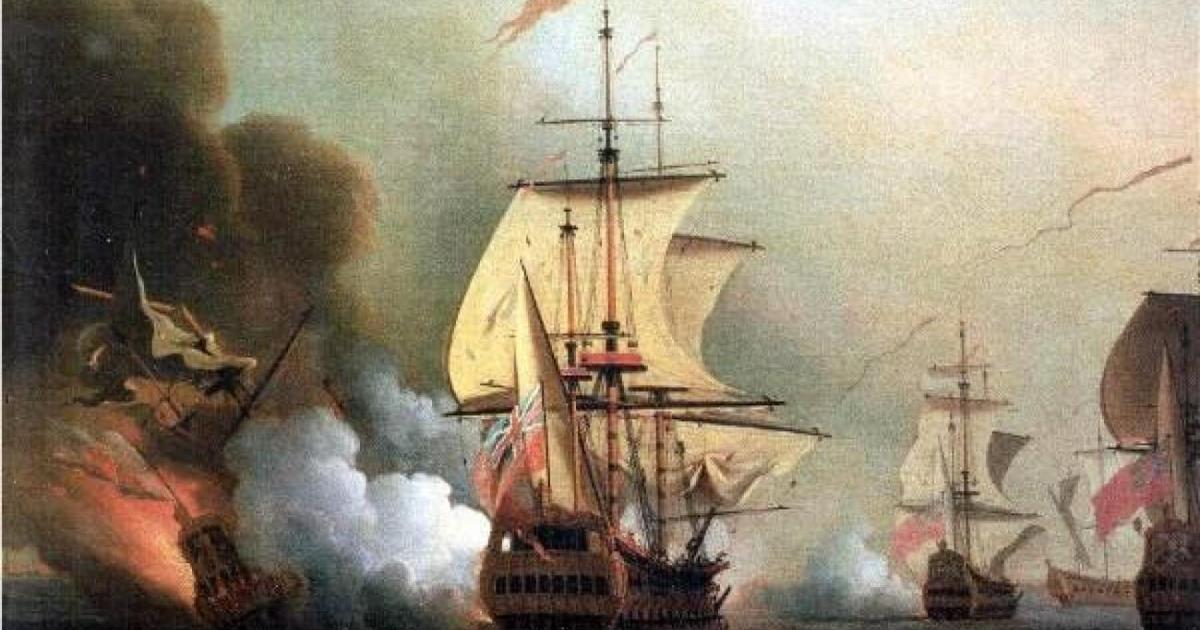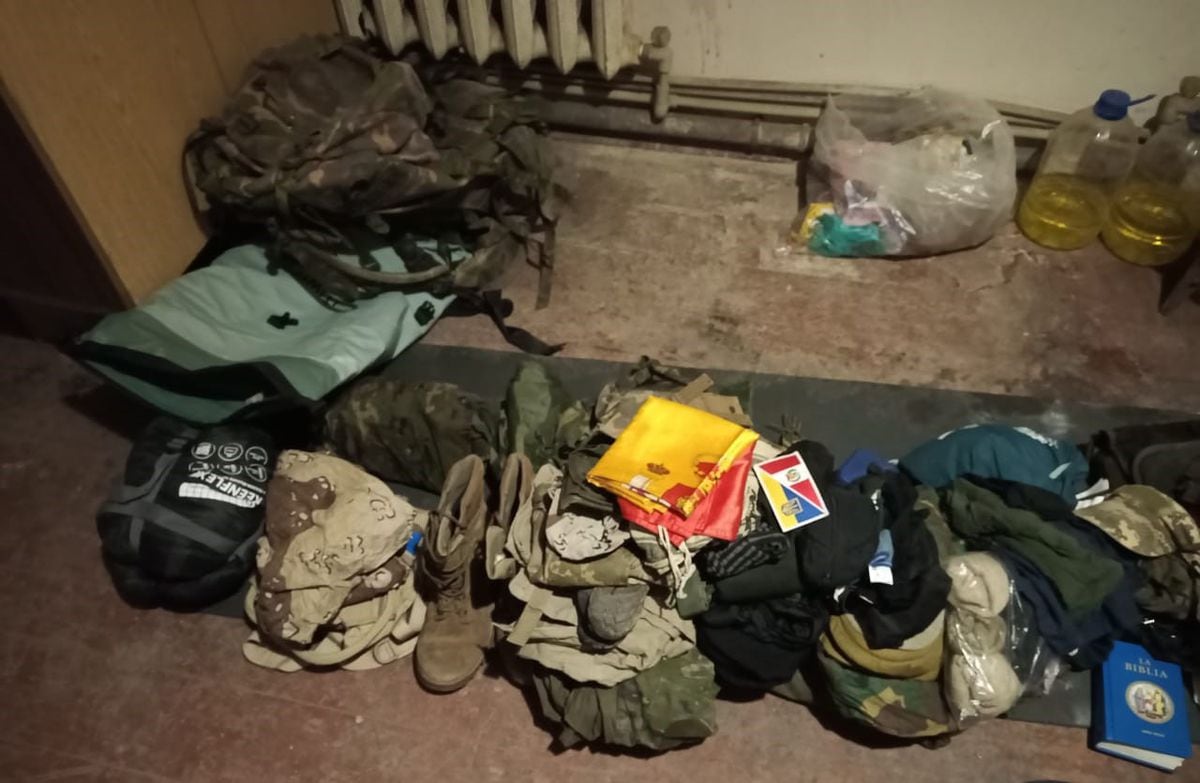On December 24, the Ministry of Defense declared void the competition for the new Dragon 8x8 Wheeled Combat Vehicle (VCR), the most important program in the history of the Army.
Defense declared "inadmissible" the offer presented by Santa Bárbara (owned by the American General Dynamics), with which it negotiated exclusively, for failing to comply with the requirements of the Technical Prescriptions (PPT).
The decision fell like a bombshell in the Spanish military industry, especially the vehicle and armament industry, which saw its first major contract in more than 15 years disappear.
The Defense order seemed to have a miraculous effect and on August 25, just eight months after the initial fiasco, the construction of 348 tanks for 2,100 million was signed.
The same units for the same price.
What was unworkable in December had become feasible and even desirable.
Sources familiar with the negotiation explain that the real possibility of losing a contract on which the survival of many companies depended led them to tighten their belts and tighten their margins as much as possible.
In addition, the companies involved (Santa Bárbara, Indra and SAPA, included in the first offer, which were joined by Escribano Mechanical & Engineering in the final one) formed a joint company to sign this contract: Tess Defense.
Its mission is to acquire all the components outside the four companies for profit 0, which will save tens of millions.
The adjustments in the offer were not enough, sources in the sector acknowledge, to make a ruinous business profitable.
The key is in the new PPT, whose details they do not know, but about which enough is known to conclude that it is not the same as last December.
The difference is that not all tanks are going to come with their full equipment.
There will be two versions, one basic, without accessories;
and another equipped with all the accessories.
According to the sources consulted, a third of the 348 armored vehicles will belong to the basic model and the rest will have all the benefits.
In addition, the first units to be delivered, in the second quarter of 2022, will all be sappers;
and the following, more than a year and a half later, of infantry.
The Army wanted to simultaneously receive the five variants planned to complete operational units, but that increased the cost by forcing several manufacturing lines to be open at the same time.
The first vehicles will be of a “pre-series” that will have to be adapted later to the final model;
which is striking, since Defense has invested 92 million in the development of five prototypes to test and validate the new systems.
Although the contract includes 58 cavalry vehicles, it is not initially expected that they will carry the manned tower with a 30-millimeter cannon, which is more expensive and heavier than the others, according to sources familiar with the contract.
Regarding the other two towers, the 12.70 caliber and the 30 mm remote control towers, Escribano is expected to manufacture them, although the final decision will not be adopted until June next year.
The incorporation of this company, which in a few years has gone from being a machining workshop to a
high tech one,
has been the great novelty of the new business scheme.
The problem is that its Guardian 30 tower is not yet certified for a vehicle like the Dragon and, if it did not pass the exam in spring, it would be necessary to look for a foreign alternative and it would be almost impossible to achieve the 70% nationalization that Defense requests
The towers aren't the only uncertainty surrounding the show.
The communication systems are undecided and there are components of the mission system yet to be developed.
Logistical support has yet to be negotiated and the delivery schedule closed, although the last vehicle will be received in October 2030.
The agreement negotiated between Defense and Tess Defense qualifies the 2,100 million as a "provisional price" and adds that, although there will be no price review, the final budget will depend on the costs incurred by the manufacturers, audited by an evaluation group.
According to the regulations on public contracts, the amount could be increased by up to 20% and the agreement includes a contingency fund of 60 million for unforeseen events.
The only thing that is shielded is the profit of the companies: 10% for SAPA;
9.15% Santa Barbara;
6% Indra;
and 2% Escribano.
This formula, unusual in Defense, is legally foreseen for situations in which "the execution of the contract must begin before the determination of the price is possible".
Industry sources defend the "transparency" of setting the profit in advance and argue that a profit margin below two digits is not excessive.
The consulted sources admit that the budget of the program (2,100 million maximum) will have to increase if the Army wants to complete the equipping of the armor of the basic version.
That was one of the red lines that Defense put in when it restarted negotiations after the December fiasco: not reviewing the spending ceiling, as that meant asking again for authorization from the Council of Ministers, where it could run into the opposition of Podemos.
The solution to avoid this in the future could be to overlap this negotiation with the second phase of the program: although only 345 armored vehicles have been hired, the Army needs almost 1,000 in the long term (for an estimated cost of 3,836 million) to replace its old vehicles BMR, VEC or TOA and the most modern RG-31 and Lince.
In addition, the amount of the fine that Santa Bárbara, Indra and SAPA will have to pay for the delay in the demonstration program to test the new technologies that the Dragon will incorporate is pending.
Of the five prototypes that were to have been delivered in July 2019, the Army has so far only received two.
The Dragon's gestation is proving to be much longer and more expensive than expected.
If it is successful, its parents say it will be one of the best products of its kind on the international market, with great export possibilities.
So far, he has won a battle: saving the Spanish military industry.








